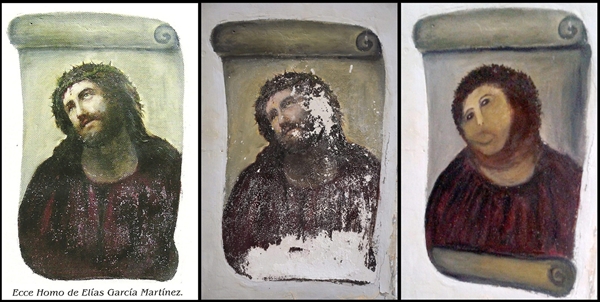The Ny Carlsberg Glyptotek museum in Copenhagen features a number of Greek and Roman portrait busts and statues. These are very fragile and a number of them ended up with broken noses. In the 19th century there was a restoration trend, where museums attempted to restore classical art. New noses were fashioned out of marble or plaster and affixed to the statues to make them whole. In the 20th century, this idea was revisited and they decided that the works should be shown in their natural state, brokenness and all.

One might wish that Steven Spielberg or George Lucas had been given the opportunity to see this monument before they were tempted to revise their own art.
Steve Spielberg infamously used CGI to replace any appearance of a gun in E. T. with a walkie-talkie (Kids, that’s a device used to communicate by radio before everyone had a mobile phone). Spielberg ultimately admitted regret for this decision.
George Lucas made numerous alterations to his Star Wars films, but the most notorious was the “Han shot first” controversy. This is where the later release of Star Wars was altered to make it look as though Han Solo shot a bounty hunter in self defense rather than preemptively. Peter Mayhew, the actor who played Chewbacca in the the films, settled the matter once and for all by posting a picture from his shooting script on Facebook. Lucas also saw the light and released the original edit in 2006.
No matter what your art, Nasothek is a reminder that art can and should stand on its own. Imperfections or politically incorrect elements cannot be washed away without wiping the original purpose of the art. We have some of the weirdest art in the land for sale at the Lucky Lizard. We wouldn’t change a bit of it.


